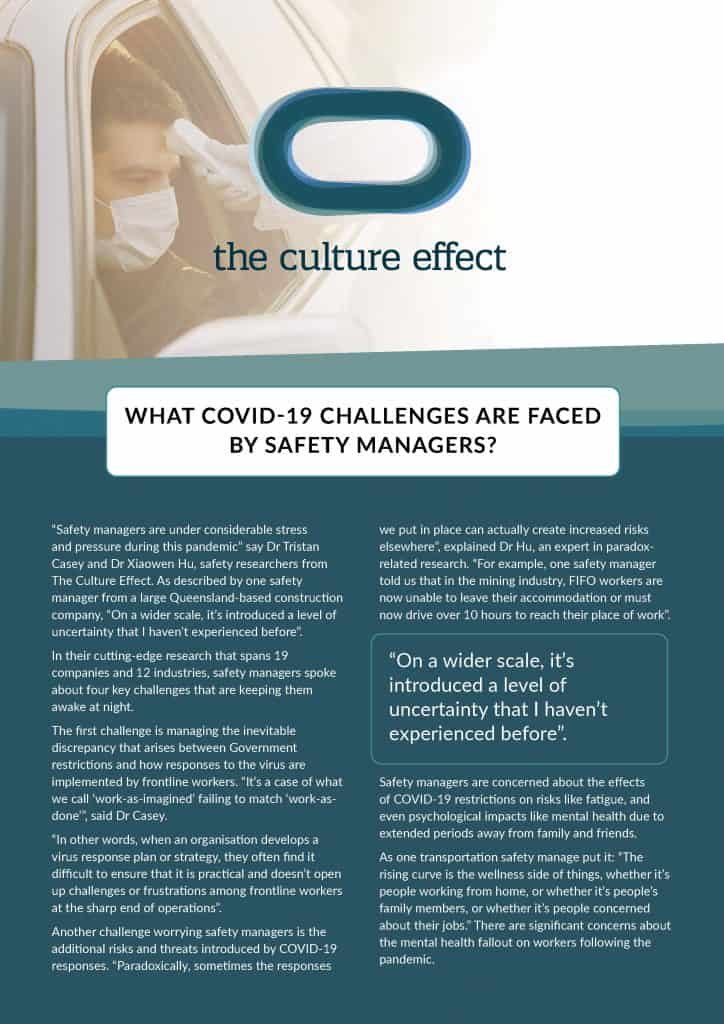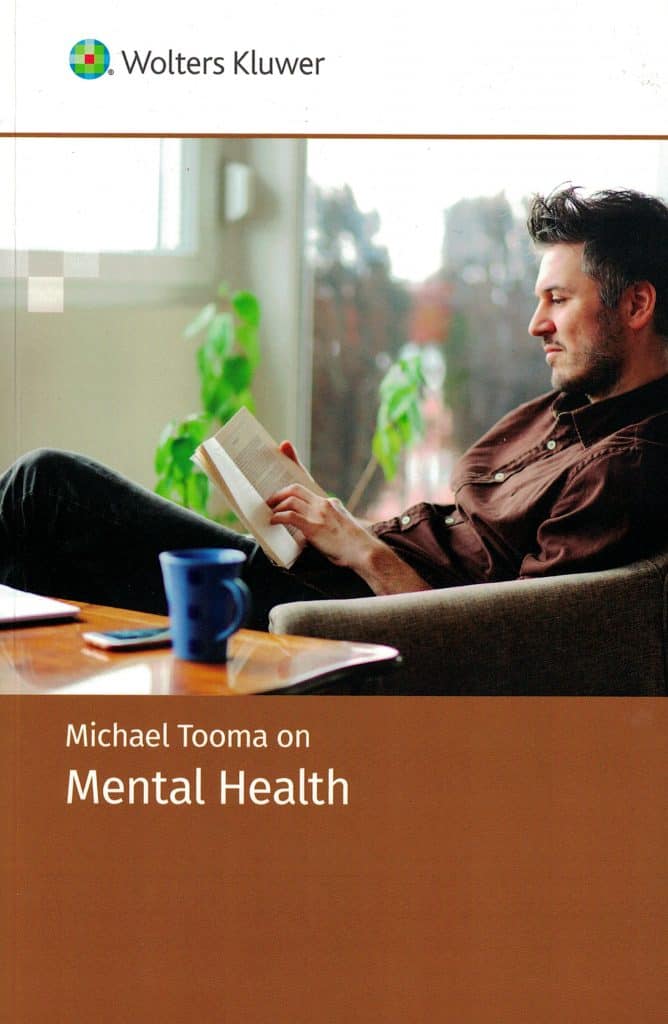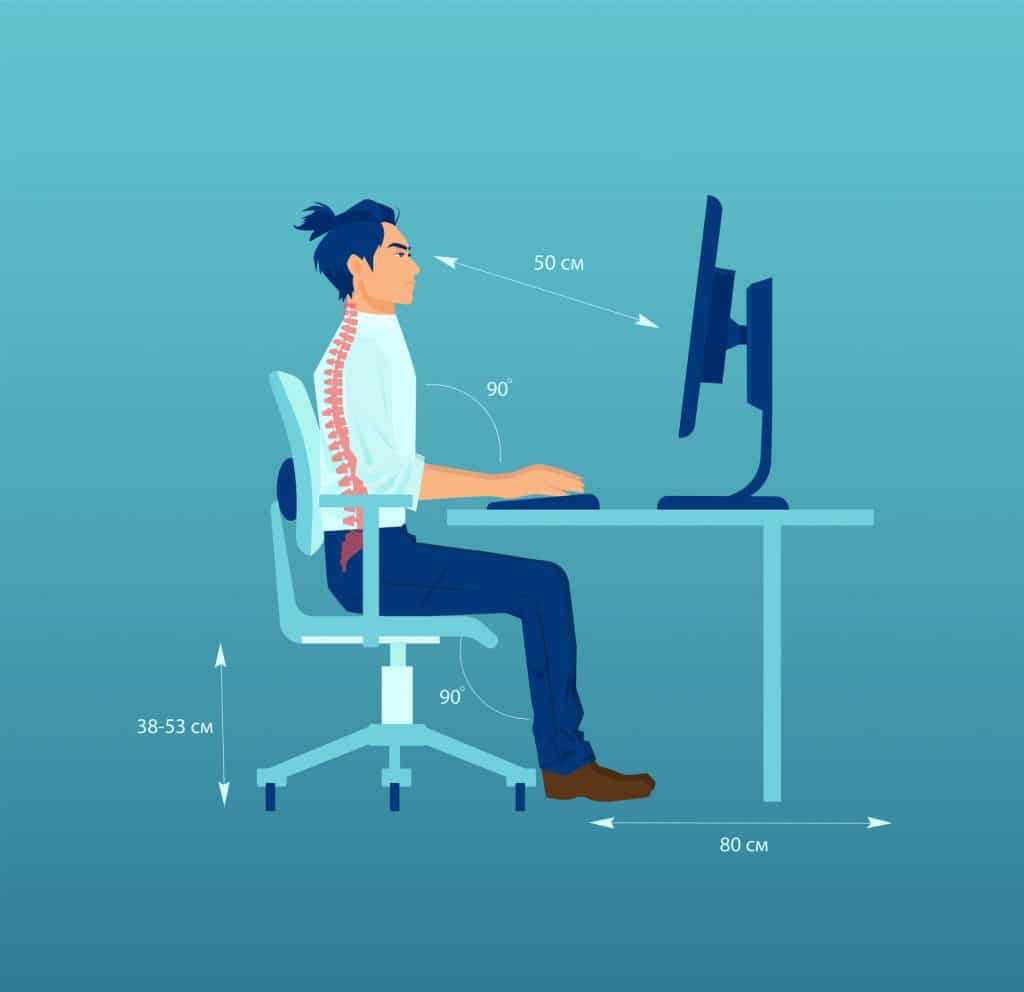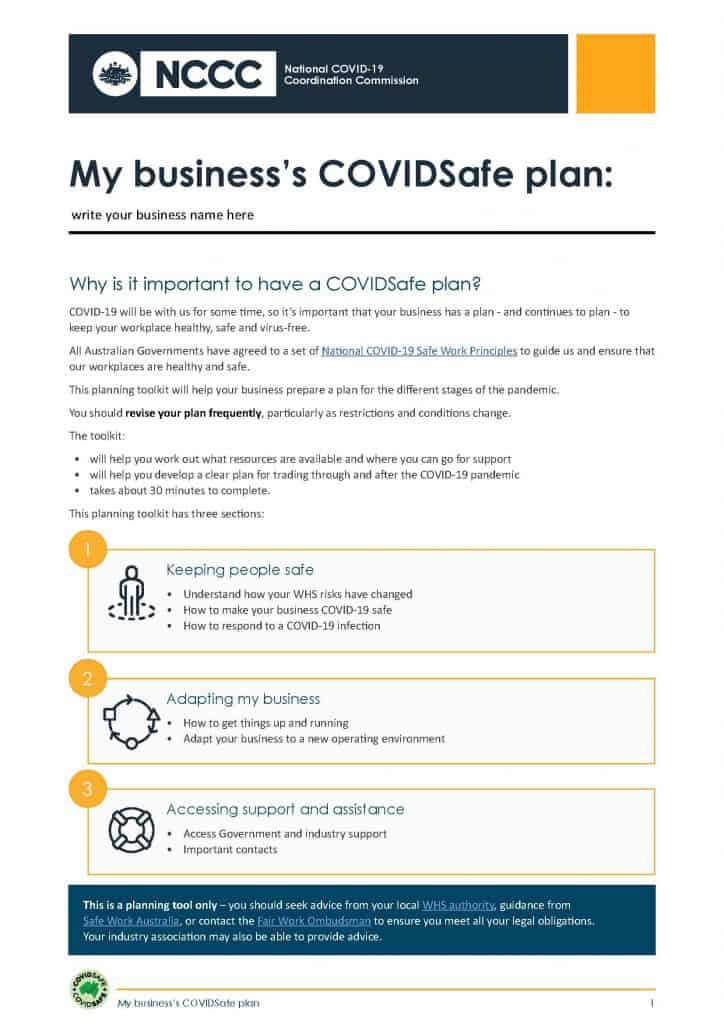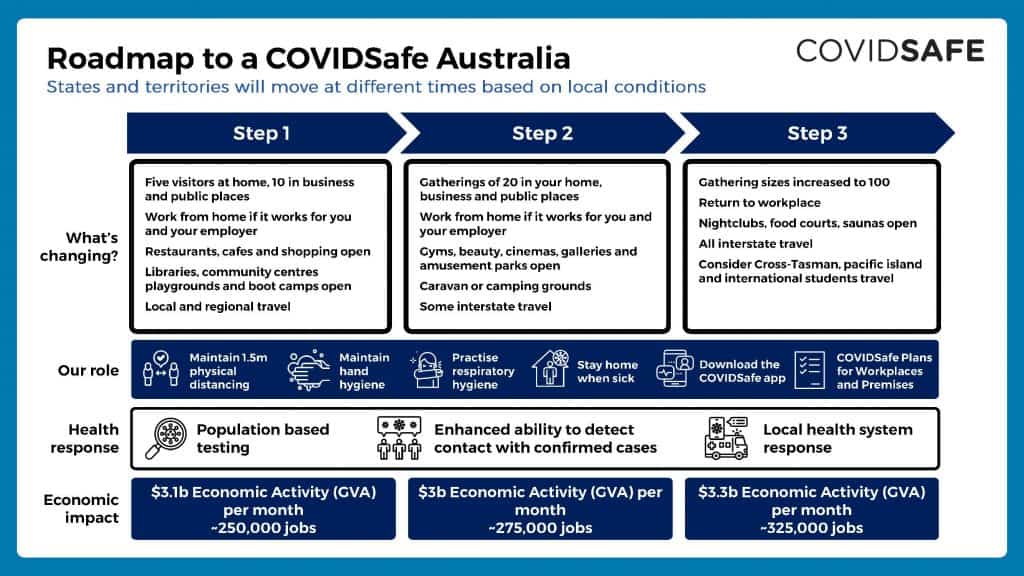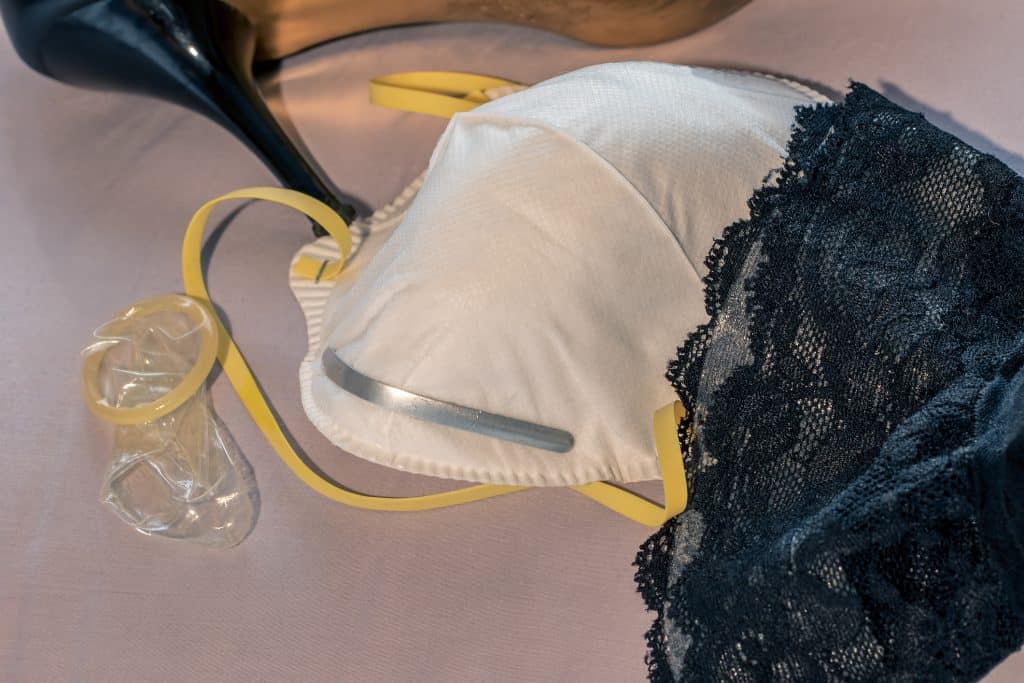
Thinking about the occupational health and safety (OHS) issues of sex work is fascinating and, to some, titillating. But work is work and the OHS issues are just as real in a room in a brothel as in any other workplace. The workplace hazards presented by COVID19 to the Australian sex industry have been identified and addressed in some excellent OHS advice from Scarlet Alliance.
Sex workers need to screen clients already for visible signs of sexually transmitted diseases so personal questions about health and infections is already part of the customer relations. (There are also requirements for customers to shower or wash prior to services) The questions asked in relation to COVID19 are the same as asked elsewhere:


